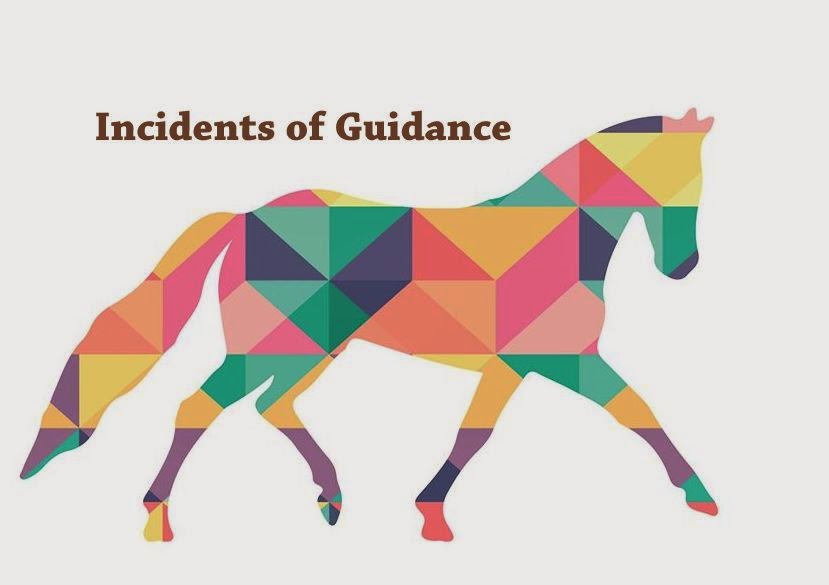I'm not a particularly adventurous person, I'm coming to discover. For example, I recently helped a client see that her horse would be just fine on trails. I rode the horse out for a while as she biked alongside us. The horse was lovely, so I suggested that we switch.
I couldn't tell you the last time I rode a bike, and I think the seat was a bit too high for me because I was stretching for the ground and struggling to find the pedals. It was a heavy bike, and I found it difficult to keep upright at first. But it was one of those neat electric bikes that help you pedal along, so it was pretty good once we got moving.
It had a lovely basket on the back tire and leather-padded handles. The client laughed a bit self-consciously when she referred to it as her "granny bike." As I biked and she rode, I admired the greenery and the view back over the ocean, casually rolling along with extremely little effort on my end.
We started to near the end of the time we had available, so we decided I'd bike back to my car and leave her bike at the barn.
"But wait," the client interjected, "you really should bike to the top here and see the view."
"Well, alright," I agreed, thinking to myself that with an electrified bike it'd take me no time at all.
No sooner had I rounded the corner into some woods than the trail became severely washed out and rocky. The bike had no shocks whatsoever, and my arms were shaking and vibrating as I struggled to hold onto the bike. Then halfway up a steep and arduous incline, my thighs already burning, the electric assistance gave out and I was left trying to heave this incredibly heavy not-meant-for-the-mountains bike up the hill. I awkwardly dismounted the bike (nearly crashing myself onto the ground in the process) and walked the bike the rest of the way up the hill, my arms tired from the ruts earlier. By the time I reached the top, I was dripping sweat. (It's possible I need to exercise more.)
Phew! I told myself. I made it past the worst of it. The view was, in fact, gorgeous, so I admired the waves crashing onto the bluffs down below, the grassy plains of the hills, how minuscule the road gets when you peer down from far away.
I turned the bike around, resettled myself on it's uncushioned and too-tall seat, and plunged down the hill.
As I bounced off the first major rut and the back tire of the bike swung wildly to and fro, it dawned on me that I would rather ride any number of green or rank horses down this hill than this inanimate granny bike.
A string of curse words strung together in creative ways kept me breathing as I bounced off ridge and rock until I finally managed to clutch the brakes fervently enough to slow down in a way that allowed me to leap off, shaking arms barely keeping the bike from clattering to the muddy trail.
"We're gonna walk down this hill," I told the bike, but it didn't seem to care.
I glanced at my riding boots as I began to crawl down the hill. Splattered with mud. So was the bike. I didn't pay enough attention to the trail for a moment and the front tire got stuck heavily in a rut, and when I wrenched it free, I accidentally hit the throttle of the bike and got dragged down the mountain, feet moving faster than I could really control, granny bike rattling and bouncing wildly as I stumbled after it.
 |
| 100% could have been me |
The bike and I splashed through a deep puddle at the very bottom and I felt my socks start to squish as I finally slowed the bike enough to walk. After a while, I steeled my nerve, remounted the bike, and had an uneventful ride back to the barn despite tired arms and burning legs.









